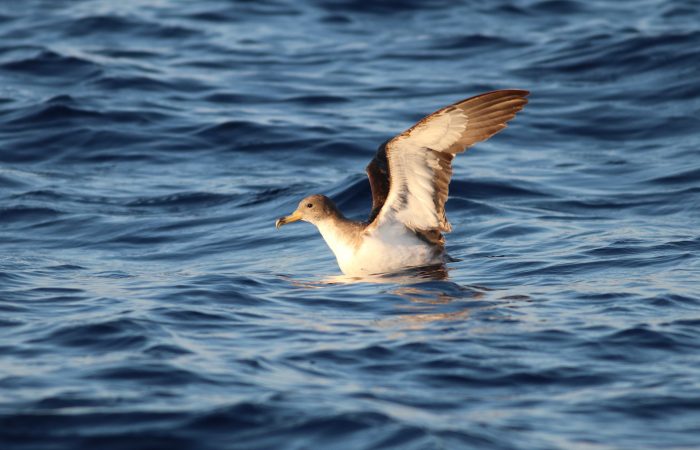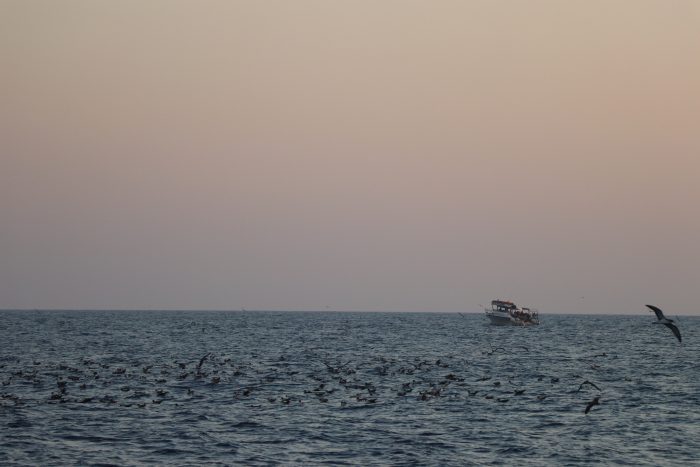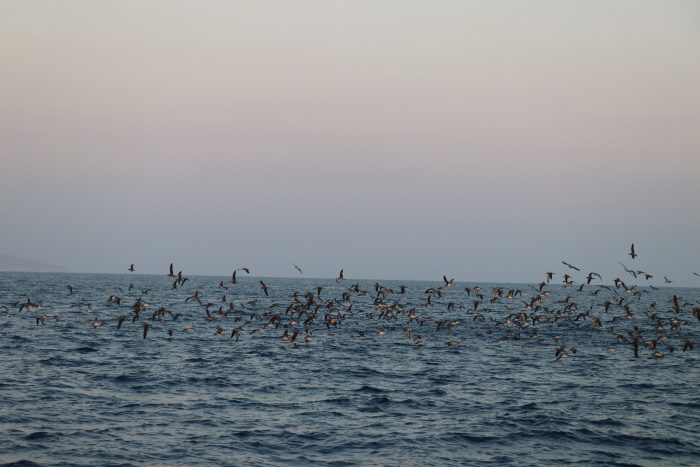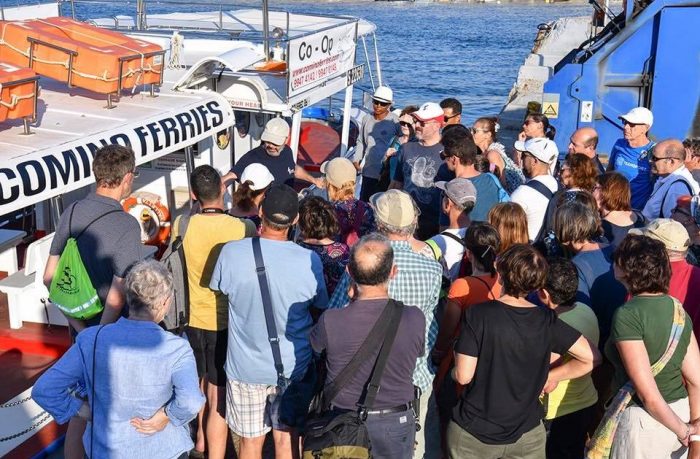Seabirds, such as Yelkouan Shearwater, Scopoli’s Shearwater and European Storm-petrel, are birds that spend most of their life at sea and only come to land to breed. They lay a single egg each year and their chick must survive a whole range of threats before leaving its nest. How amazing is that? Lucky you, we have these three species breeding on the Maltese Islands!
BirdLife Malta’s EU-funded LIFE Arċipelagu Garnija project focuses on one of these species; the Yelkouan Shearwater and aims to secure the Maltese Islands for Yelkouan Shearwaters by reducing the main threats they face during the breeding season. After an extensive research done to assess the main threats, we found out that predation of eggs and chicks by invasive rats, light pollution and disturbance by human activities around breeding colonies are the main threats to the breeding Yelkouan Shearwaters on the Maltese Islands. All these threats are related to human activity and awareness is the overarching theme here. So, we know that more and more people should be aware about the impact of our activities on breeding seabirds on the Maltese Archipelago.
The conservation efforts applied to Yelkouan Shearwater under the LIFE Arċipelagu Garnija project will surely benefit the other two seabird species sharing the Maltese Archipelago with Yelkouans.
Our annual sunset shearwater boat trips are a great way to explain to people who are curious and interested in learning more about our seabirds and the work we do to help them. These trips include a short visit to the cliffs of Ta’ Ċenċ where approximately 1,000 pairs of Scopoli’s Shearwaters breed. Under the careful direction of BirdLife Malta staff, the boats approach the rafting Scopoli’s giving the public the opportunity to see these birds up close. From March to October, Scopoli’s congregate offshore in the evening forming “rafts” of various sizes in front of their breeding colonies. These rafts may contain hundreds or even thousands of birds all waiting for nightfall. Once the sun goes down, they will fly to their nests, to take over incubation of the egg from their partner or feed their chick. The rafting birds can be seen preening themselves as they rest on the water, and occasionally they will take to the air as they slowly make their way towards the cliffs.

Like any other shearwater, the adult Scopoli’s Shearwaters travel long distances to forage. Their diet consists mainly of pelagic fish and crustaceans, high energy food for the growing chick. The scientific name for Scopoli’s Shearwater Calonectris diomedea literally translates as “strong swimmer” – although most of the food is caught by plunging briefly below the surface, they also actively pursue prey up to 15 metres below the surface. In order to feed the chick, they regurgitate half-digested food directly into the chick’s mouth. These birds usually pair for life, and most pairs also use the same nesting site every year. From the end of September and throughout October, the chicks start to venture out of the nest at night to exercise their wings and acclimatize themselves to the real world. After a breeding season extending over the course of eight long months, the recently fledged young and the adult birds depart on their winter migrations, leaving the Mediterranean for the open Atlantic Ocean.
This year, in July and August we held four successful sunset boat trips to the cliffs of Ta’ Ċenċ, in which over 400 members of the public – mostly families and children – participated. We hope that we managed to help them catch a glimpse of the amazing lives of these seabirds, and hope to see more people in next year’s boat trips!
By Rita Matos, BirdLife Malta Seabird Conservation Volunteer
Click on the albums below for a collection of photos taken during this year’s trips (All photos by Aron Tanti, Kristina Govorukha, Nathalie Attard and George Scerri, Ministry for Gozo).































